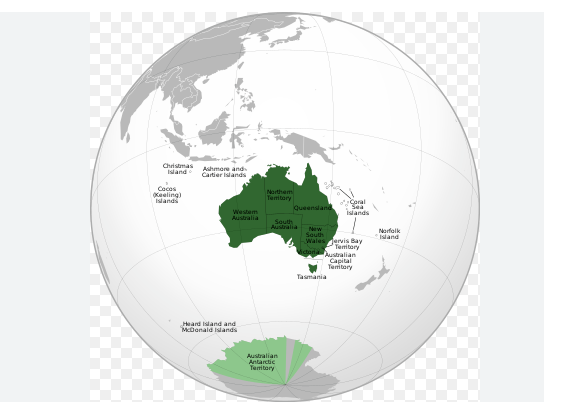Introduction
Australia boasts a robust education system renowned globally for its innovation, inclusivity, and high standards. From early childhood education to tertiary levels, the Australian education landscape is characterized by diversity, adaptability, and a commitment to excellence. In this comprehensive exploration, we delve into the various facets of the Australian education system, examining its structure, challenges, and successes through real-world examples and case studies.
The Structure of the Australian Education System
The Australian education system is structured into several key stages:
Early Childhood Education:
Early childhood education in Australia emphasizes play-based learning and social development. Case studies like the Reggio Emilia approach implemented in many Australian preschools showcase the effectiveness of child-centered education models.
Primary Education:
Primary education typically covers grades one through six. The case study of the Positive Education program, implemented in numerous Australian primary schools, highlights the integration of well-being and academic achievement.
Secondary Education:
Secondary education spans grades seven to twelve, with a focus on preparing students for further study or entry into the workforce. The case study of the Australian Curriculum illustrates the nation’s commitment to providing a consistent and high-quality education across states and territories.
Tertiary Education:
Tertiary education in Australia encompasses universities, vocational education, and training (VET) institutions, and technical and further education (TAFE) colleges. The example of the University of Melbourne’s innovative teaching methods underscores the importance of fostering critical thinking and research skills at the tertiary level.
Challenges Facing the Australian Education System
While the Australian education system excels in many areas, it also faces several challenges:
Equity and Access:
Despite efforts to promote equity and access, disparities persist, particularly among Indigenous and rural communities. The case study of the Clontarf Foundation demonstrates initiatives aimed at improving educational outcomes for Indigenous Australian students.
Global Competitiveness:
As the global landscape evolves, there is increased pressure to ensure Australian graduates remain competitive internationally. The example of the New South Wales Department of Education’s emphasis on STEM education reflects efforts to equip students with skills for the future workforce.
Technology Integration:
Integrating technology effectively into education remains a challenge, with concerns about access, digital literacy, and privacy. The case study of Queensland’s Digital Learning Strategy illustrates efforts to harness technology for enhanced learning outcomes.
Success Stories and Innovations
Despite these challenges, the Australian education system has numerous success stories and innovations:
International Collaboration:
Australian universities are at the forefront of international collaboration and research. The example of the University of Queensland’s partnerships with leading institutions worldwide highlights the global impact of Australian education.
Innovative Pedagogy:
Many Australian schools and universities embrace innovative pedagogical approaches to enhance learning. The case study of Flipped Classroom models in Australian high schools showcases how technology can transform traditional teaching methods.
Inclusive Practices:
Australia prioritizes inclusive education, catering to diverse student needs. The example of the Victorian Government’s Disability Standards for Education demonstrates a commitment to accessibility and inclusion.
Conclusion
In conclusion, the Australian education system is a dynamic and evolving ecosystem characterized by diversity, innovation, and a commitment to excellence. While facing challenges, such as equity gaps and technological integration, the system continues to produce successful outcomes through international collaboration, innovative pedagogy, and inclusive practices. By learning from examples and case studies within the Australian education landscape, we can glean insights to inform and improve education systems globally.






